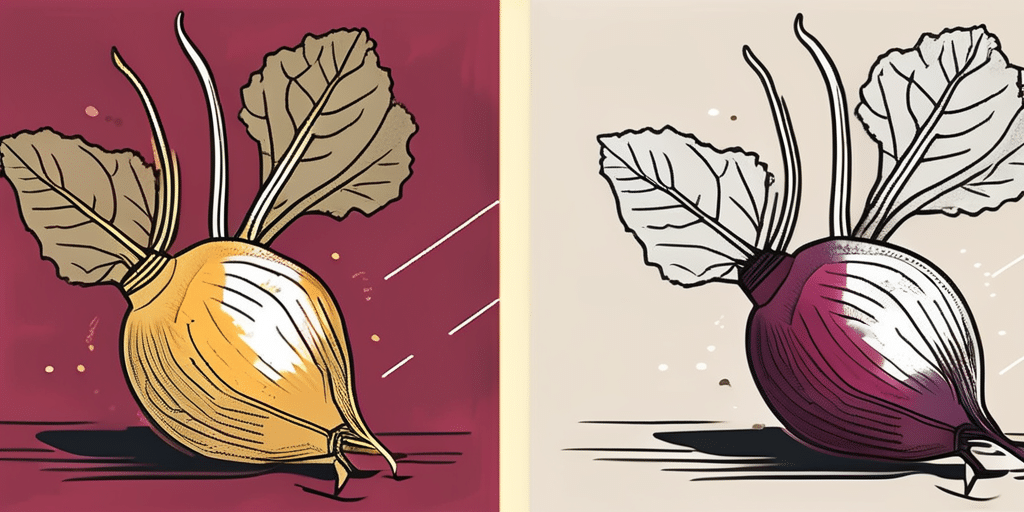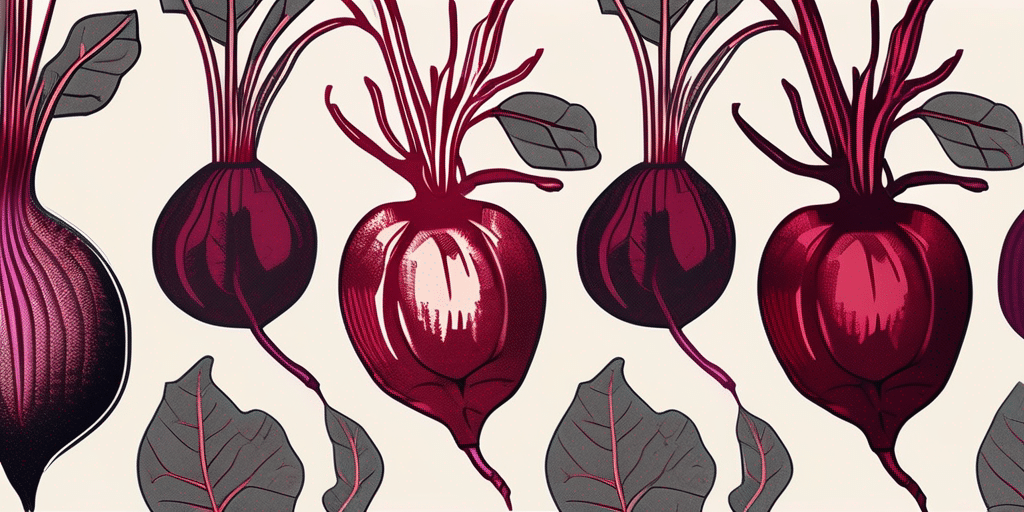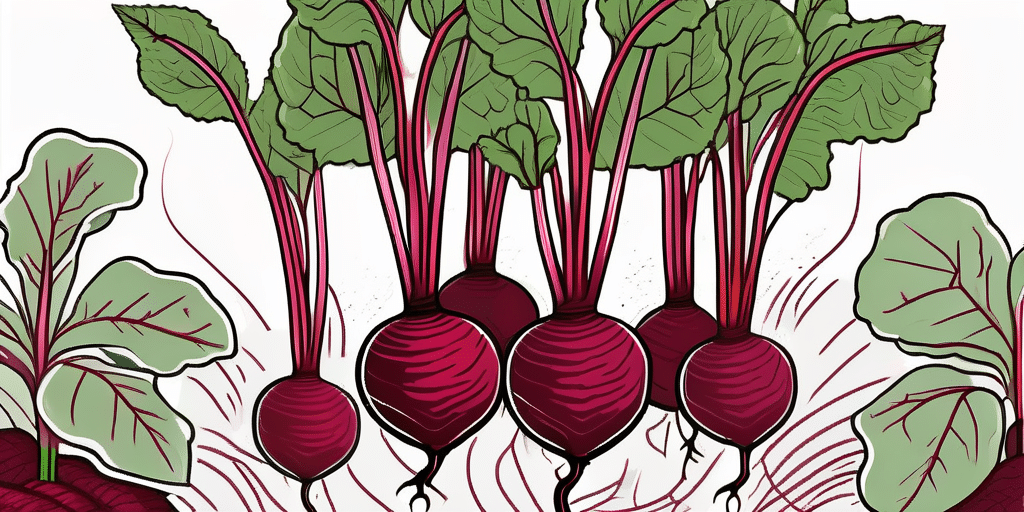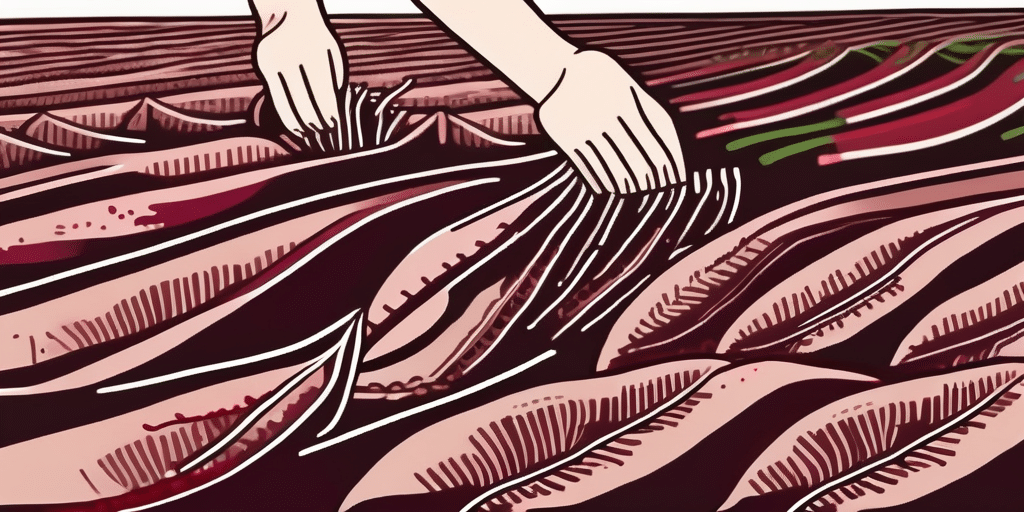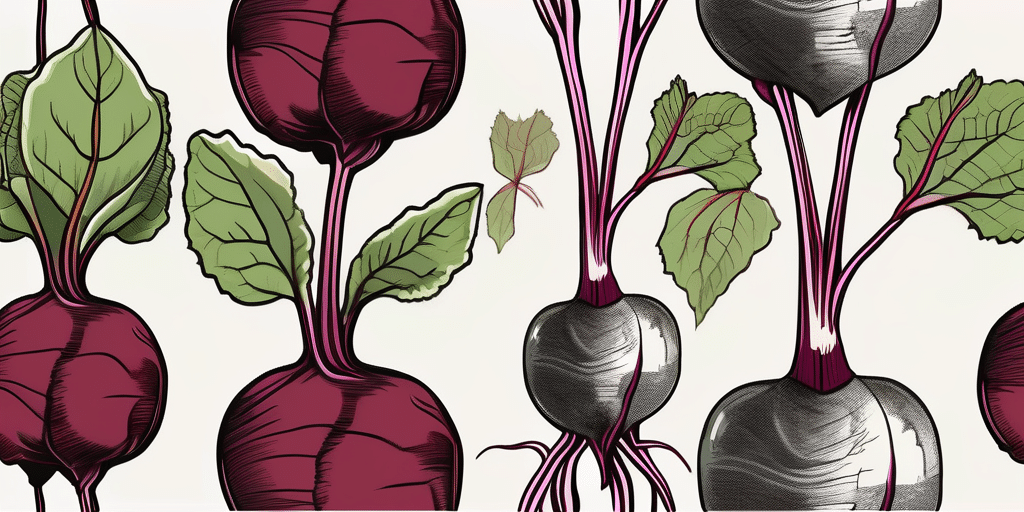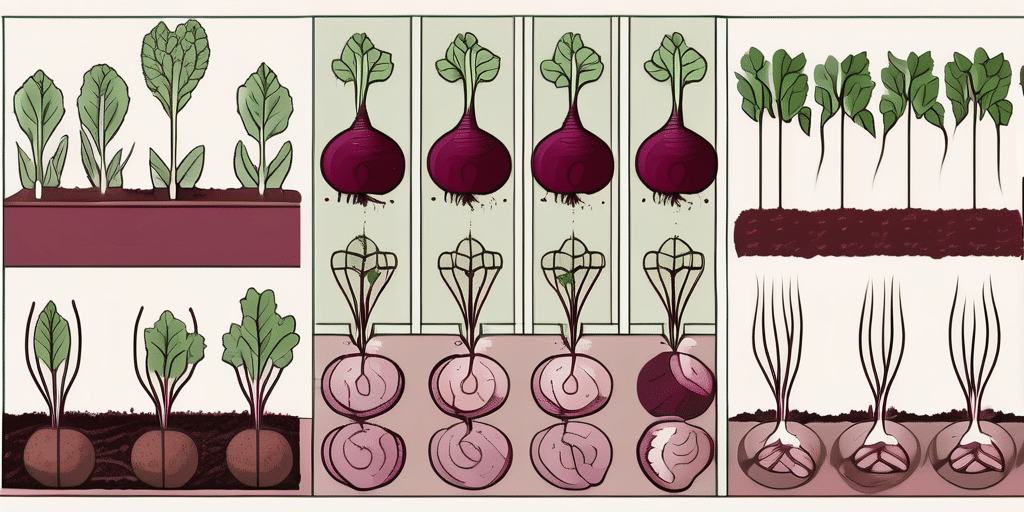Golden beets are a vibrant and nutritious vegetable that can thrive in the unique climate of Michigan. If you’re a gardener looking to plant and grow golden beets in the Great Lakes State, you’ve come to the right place! In this article, we will discuss everything you need to know about planting and growing golden beets in Michigan, including when to plant, how to care for them, and when to harvest. So, let’s dig in and get started!
Climate & Hardiness Zones in Michigan
Before we delve into the specifics of growing golden beets in Michigan, it’s important to understand the climate and hardiness zones of the state. Michigan features a diverse range of climates, from a humid continental climate in the southern regions to a subarctic climate in the upper peninsula. This climate variation has a significant impact on the growing season for golden beets.
In Michigan, the USDA hardiness zones range from 3a to 7a. The southern parts of the state, including areas around Detroit and Grand Rapids, fall in zone 6a. As you move northward, the zones gradually transition to 5a and 4a. The upper peninsula predominantly falls in zone 3a.
Understanding your specific hardiness zone is important because it dictates when you should plant your golden beets and how long they will have to grow before harvest. Now that we have a grasp of the climate and hardiness zones in Michigan, let’s move on to the specifics of planting golden beets!
Michigan’s climate diversity not only influences the growing season for golden beets but also impacts the types of crops that thrive in different regions of the state. The southern regions benefit from longer growing seasons and milder winters, making them suitable for a wider variety of crops compared to the colder, shorter growing seasons experienced in the upper peninsula.
Additionally, Michigan’s proximity to the Great Lakes plays a crucial role in moderating temperatures and influencing local weather patterns. The lakes act as heat sinks in the winter, keeping coastal areas relatively warmer, while also providing cooling effects in the summer. This unique geographical feature contributes to the microclimates within the state, further affecting the cultivation of crops like golden beets.
When to Plant Golden Beets in Michigan
When it comes to planting golden beets in Michigan, timing is crucial. These root vegetables thrive in cooler temperatures, and planting them at the right time will ensure a bountiful harvest. As a general rule, golden beets should be planted in early spring or late summer for a fall harvest.
Based on the hardiness zones in Michigan, here are the recommended planting times for golden beets:
- In zone 6a (southern Michigan): Plant golden beets in early April or mid-August.
- In zone 5a (northern Michigan): Plant golden beets in late April or early August.
- In zone 4a (upper peninsula): Plant golden beets in early May or late July.
By following these planting guidelines, you can take advantage of the optimal growing conditions for golden beets and increase your chances of a successful harvest. Now let’s move on to the next step: caring for your golden beets!
Once your golden beets are planted, it’s important to provide them with the proper care to ensure healthy growth. Golden beets require well-drained soil with a pH level between 6.0 and 7.0. Regular watering is essential, especially during dry spells, to keep the soil consistently moist but not waterlogged.
Additionally, golden beets benefit from a layer of mulch around the base of the plants to help retain soil moisture and suppress weed growth. Be sure to monitor for pests such as aphids or leaf miners, and take appropriate measures to protect your golden beets from damage.
How to Grow Golden Beets in Michigan
Once you’ve planted your golden beet seeds, it’s important to provide them with the proper care to ensure their growth and development. Here are some key steps to follow:
- Prepare the soil: Golden beets prefer loose, well-draining soil. Before planting, ensure that the soil is rich in organic matter and has a pH level between 6.0 and 7.5. This will provide the ideal environment for your golden beets to thrive.
- Watering: Golden beets require consistent moisture to grow properly. Regularly water your plants, keeping the soil evenly moist. Avoid overwatering, which can lead to rotting.
- Fertilizing: Prior to planting, incorporate a well-balanced fertilizer into the soil. This will provide the necessary nutrients for your golden beets to grow strong and healthy.
- Weed control: Weeds can compete with your golden beets for nutrients and water. Regularly remove weeds from the planting area to ensure your beets have the best chance of success.
- Thin seedlings: Once your golden beet seedlings emerge, thin them to provide enough space for proper growth. Aim for a spacing of 2 to 4 inches between plants.
Following these steps will help you cultivate healthy golden beets that are ready for harvest. Speaking of which, let’s discuss the best time to pick your golden beets!
When to Harvest or Pick Golden Beets in Michigan
Knowing when to harvest your golden beets is crucial to ensure they are at their peak flavor and texture. Golden beets are typically ready for harvest 55 to 70 days after planting, depending on the variety and growing conditions.
To determine if your golden beets are ready for harvest, gently push back the soil around the beet’s shoulder and check the size. The ideal size for golden beets is around 1 ½ to 2 inches in diameter. Additionally, the greens on top should be vibrant and healthy.
For most Michigan gardeners, harvesting golden beets in the fall is recommended. This allows the roots to fully mature and develop their sweet flavor. However, if you prefer smaller, more tender beets, you can harvest them earlier.
When harvesting, gently loosen the soil around the beet with a garden fork or trowel, being careful not to damage the root. Give the beet a gentle tug, and it should come out of the ground with ease. Once harvested, remove the greens, leaving about an inch of the stem attached to the beet to prevent bleeding.
Congratulations, you did it! You have successfully grown and harvested golden beets in Michigan. Now, let’s address some frequently asked questions to further enhance your knowledge on this topic.
Frequently Asked Questions
Q: Can golden beets be grown in containers?
A: Absolutely! Golden beets can be successfully grown in containers as long as the containers are large enough to accommodate their root systems. Ensure the containers have good drainage to prevent waterlogging.
Q: How do I store harvested golden beets?
A: To store harvested golden beets, remove the greens and brush off excess soil. Store the beets in a cool, dark place such as a root cellar or refrigerator. They can last for several months when stored properly.
Q: Are golden beets nutritious?
A: Yes, golden beets are highly nutritious! They are rich in vitamins A and C, as well as minerals like potassium, folate, and fiber. Including golden beets in your diet can contribute to a healthy and balanced lifestyle.
Q: Can I eat the greens of golden beets?
A: Absolutely! The greens of golden beets are edible and highly nutritious. You can use them in salads, sautés, or as a replacement for other leafy greens in cooking.
With this comprehensive guide on planting and growing golden beets in Michigan, you are ready to embark on your own golden beet gardening adventure. Remember to check your specific hardiness zone, follow the planting and care instructions, and enjoy the bountiful harvest that these delicious root vegetables provide!
Join the How to Grow Everything Community!
Ready to turn your gardening dreams into reality? Subscribe for free to How to Grow Everything and get personalized gardening advice tailored to your Michigan grow zone. Whether you’re a beginner or an experienced green thumb, our family is here to help you build the garden of your dreams with the best tips, deals, and special offers. No spam, just valuable information to help your golden beets—and all your plants—thrive. Join our community today and let’s grow together!

